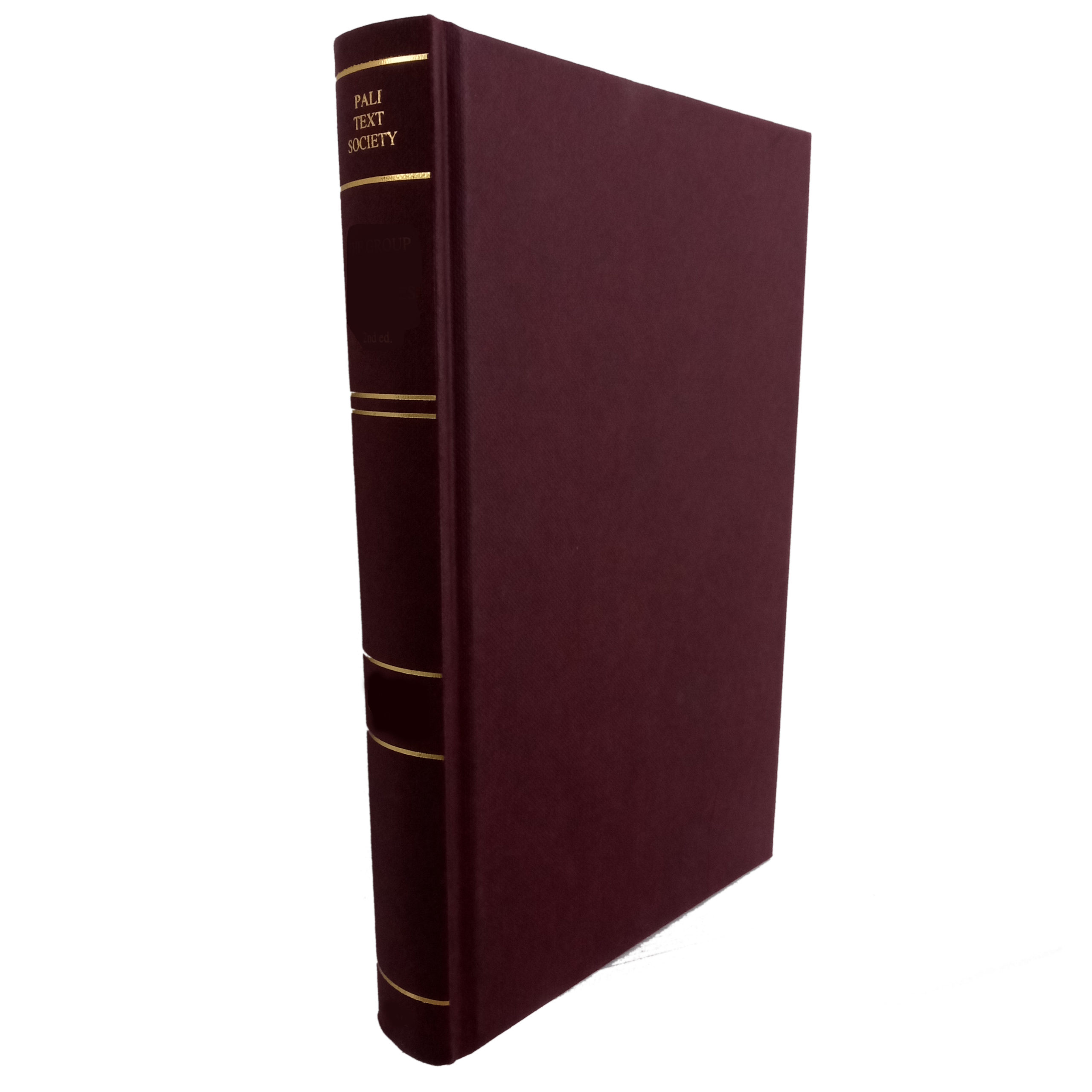Description
Translation of Vibhaṅga, by Venerable U Thittila, 1969, 1988
The second book of the Abhidhamma-pitaka, Vibhaṅga, together with the first book of the Dhammasangani and the third book of the Dhatukatha, forms a closely related foundation for the proper and deep understanding of the Buddha’s Dhamma. Whereas Dhammasangani provides a bird’s eye view of the whole Tika and Duka groups with further systematic arrangements under classified heads, Vibhaṅga and Dhatukatha give closer view of selected portions of those groups bringing out minute details.
Thus, Kotthas Vara in Dhammasangani explains the way in which dhandaha, ayatana, dhatu, ahara, indriya, jhananga, and so on, are included in the Tika and Duka groups. However it does not furnish complete information about these dhammas. It is Vibhaṅga which provides full knowledge concerning them, stating the exact nature of each dhamma, its constituents and its relationship to other dhammas.
The Vibhaṅga is divided into eighteen chapters, each dealing with a particular aspect of the Dhamma, its full analysis and investigation into each constituent. The arrangement and classification into groups and categories and follows the same system as in Dhammasangani. Vibhaṅga may therefore be regarded as complementary to the Dhammasangani.
Vibhaṅga explains the following categories of Dhamma: Dhandha, Ayatana, Dhatu, Sacca, Indriya, Paticcasamuppada, satipatthana, sammappadhana, Iddhipada, Bojjhanga, Magga, Jhana, Appammanna, Sikkhapada, Patisambhida, Nana, Khuddhada vatthu, Dhammadhaya.
Each category is analyzed and discussed according to two or all three of the following methods of analysis: suttanta bhajanya- the meaning of the terms and the classification of the dhammas determined according to the Suttanta method; abhidhamma bhajaniya-the meaning of the terms and the classification of the dhammas determined according to the abhidhamma method; panha pucchaka-discussions in the form of question and answers.
It may be seen from the above list of the eighteen categories that they may be divided into three separate groups. The first group containing numbers 1-5 deals with mental and corporeal constituents of beings and two laws of nature to which they are constantly subjected (i.e. the Law of Impermanence and the Law of Dependent Origination). The second group containing numbers 7-12 is concerned with the practice of the holy life which will take beings out of suffering and the rounds of existence. The remaining six categories serve as a supplement to the first two groups, supplying fuller information and details where necessary.
Excerpt from U Ko Lay’s Essence of Tipitaka.






